On a sunny Thursday morning, at a government secondary school only ten minutes from St Jude’s, just over 50 students are crammed into a classroom. Cables hang from the tin ceiling, the paint on the walls is peeling and at the back of the classroom runs a long wooden bench, where students who aren’t lucky enough to have a desk are crammed shoulder-to-shoulder.
Zulfa, a 2019 St Jude’s graduate who is teaching commerce and business as part of her Community Service Year, walks into the classroom followed by 15 visitors.
The guests are 12 students, and three teachers from Methodist Ladies’ College (MLC), an all-girls school in Melbourne, Australia.
As the girls roam the classroom, they struggle to communicate as the local students speak little English.
Not the kind to give up, the MLC girls decide to sing a song they’ve learnt whilst being here that is popular amongst Tanzanian youth.
“Esther!” sing the girls, from the front of the classroom. “Hello sister!”
The class catch on, recognising the tune.
“I say come here,” sing the Tanzanian and Australian students together. “Look at the motor car!”
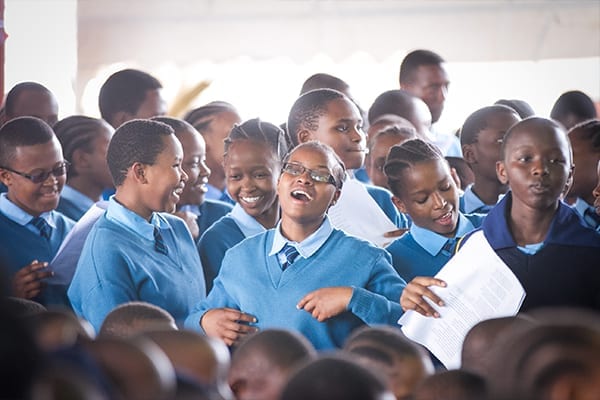
Some of the students begin standing up around the classroom, joining in with the MLC girls, dancing and pretending to drive a car – “shake your body, body, body!”
As the song finishes, Zulfa leads the visitors out of the classroom and into the yard. She begins talking about her experience teaching at a government school, and how this compares to her time at St Jude's.
“There are three main differences between St Jude’s and this school,” Zulfa tells her guests.
The first difference is the students’ lack of English skills, the second lies in outdated learning techniques and the final is a lack of resources.
“When it comes to exams, students will be paired off,” says Zulfa. “One will be given access to a desk and chair, the other will have to go outside, sit on the ground and write using their thigh for support.”
Teachers have to buy their own textbooks, supplying notes to all the students. The library is located in a shed; the shelves are half empty. The school has 1,453 students.
As the girls stand in the hot midday sun, a boy sprints across the yard to a tyre rim, hanging from a tree. He pulls out a stick and begins whacking the rusty relic to begin recess – clang, clang, clang!
Students begin spilling out of their classrooms, rushing towards the Australians.
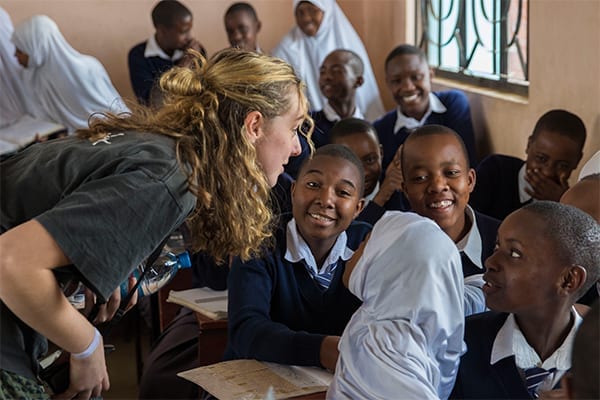
One of the MLC students, Allie, begins talking with a girl about what she wants to do in the future.
“I like it when I hear girls say they want to be a doctor or a lawyer,” says Allie. “It’s comforting, and makes me feel proud.”
In Tanzania, the majority of girls will leave school before their twelfth birthday.
“By giving girls an education,” says Zulfa. “You can get rid of early marriage, young pregnancy, and child labour.”
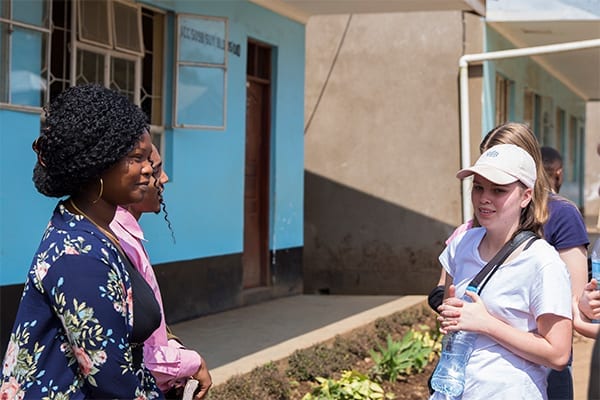
For this reason, Zulfa is excited that St Jude’s will be opening a new all-girls campus in Moshono for hundreds of secondary students.
“It’s important that girls have a space of their own,” says Zulfa. “To push each other, to become the doctors and engineers of the future.”
Emily, another of the MLC group, agrees with Zulfa.
“At MLC, we empower girls,” says Emily. “St Jude’s having an all-girls campus will do the same thing.”
Experience your own immersion into Tanzanian life and culture and see the impact St Jude’s is having on the community, organise a visit today.

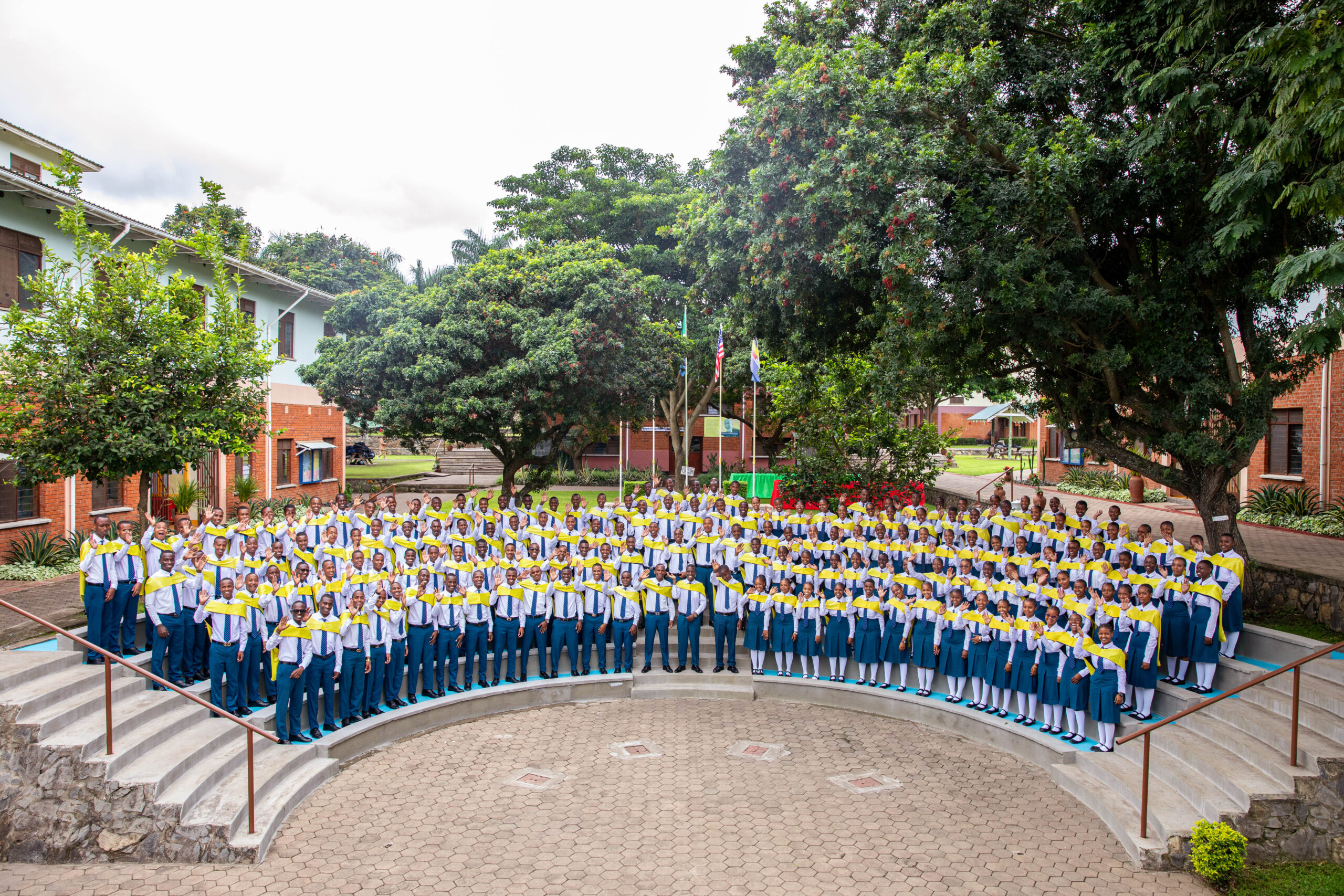
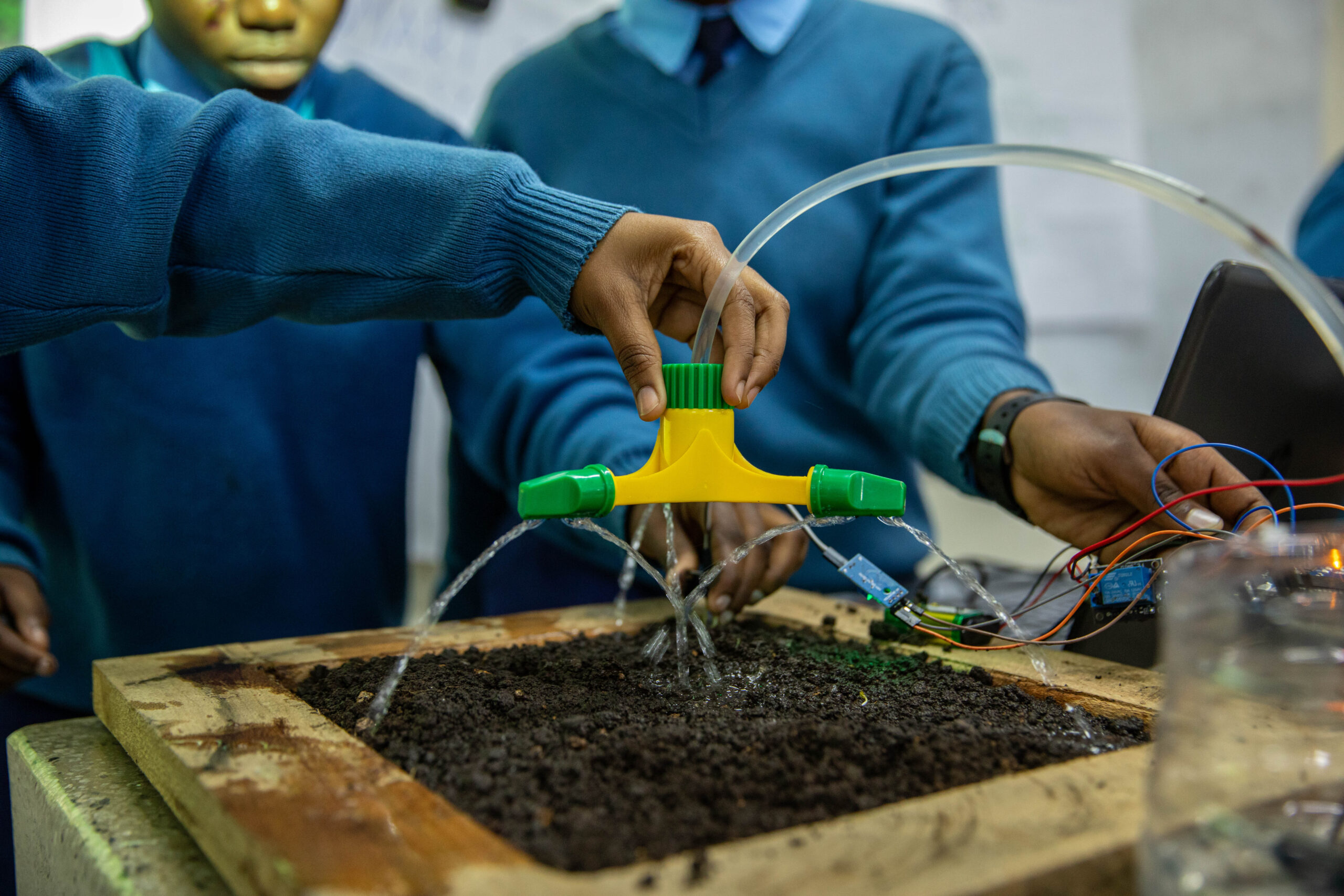
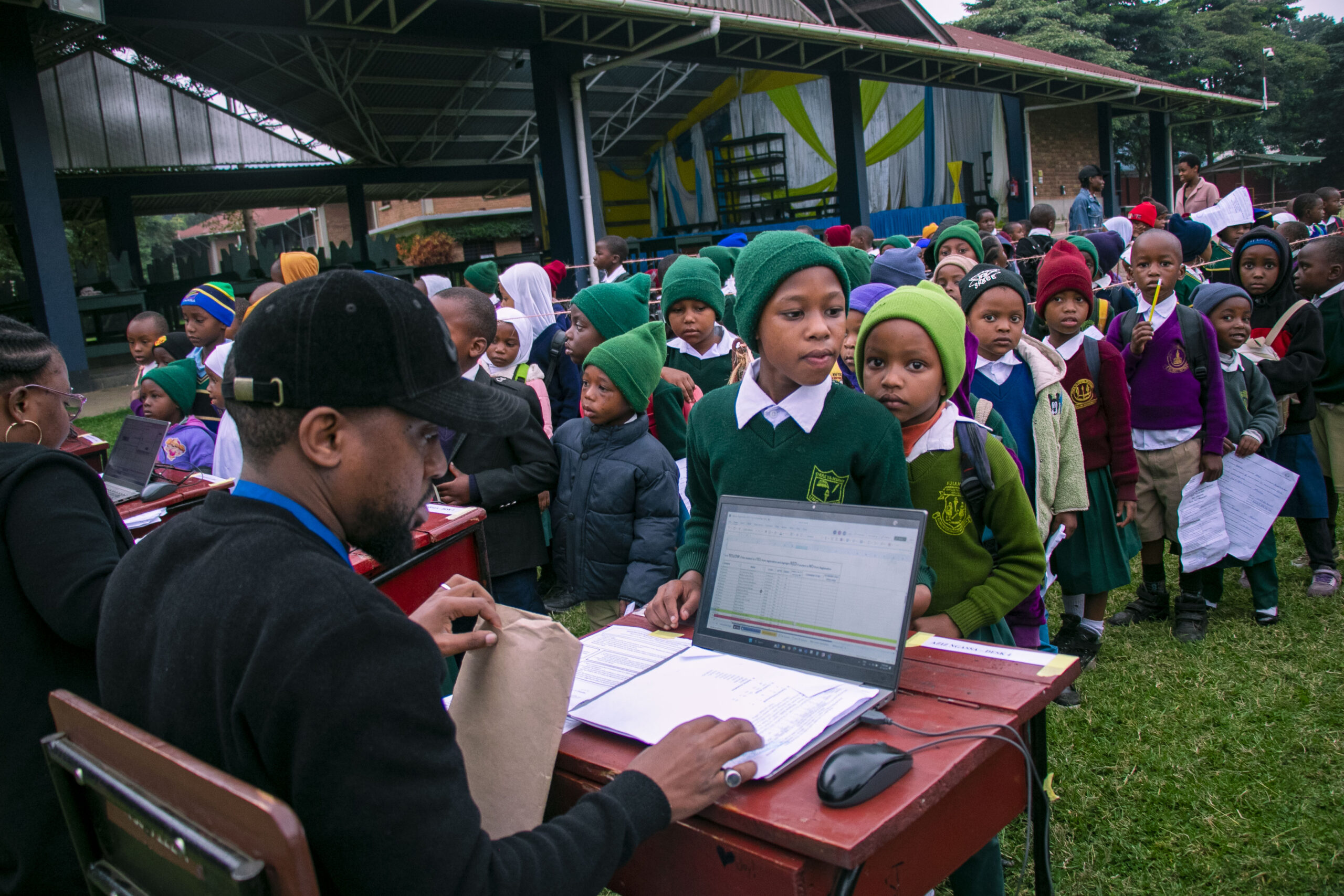


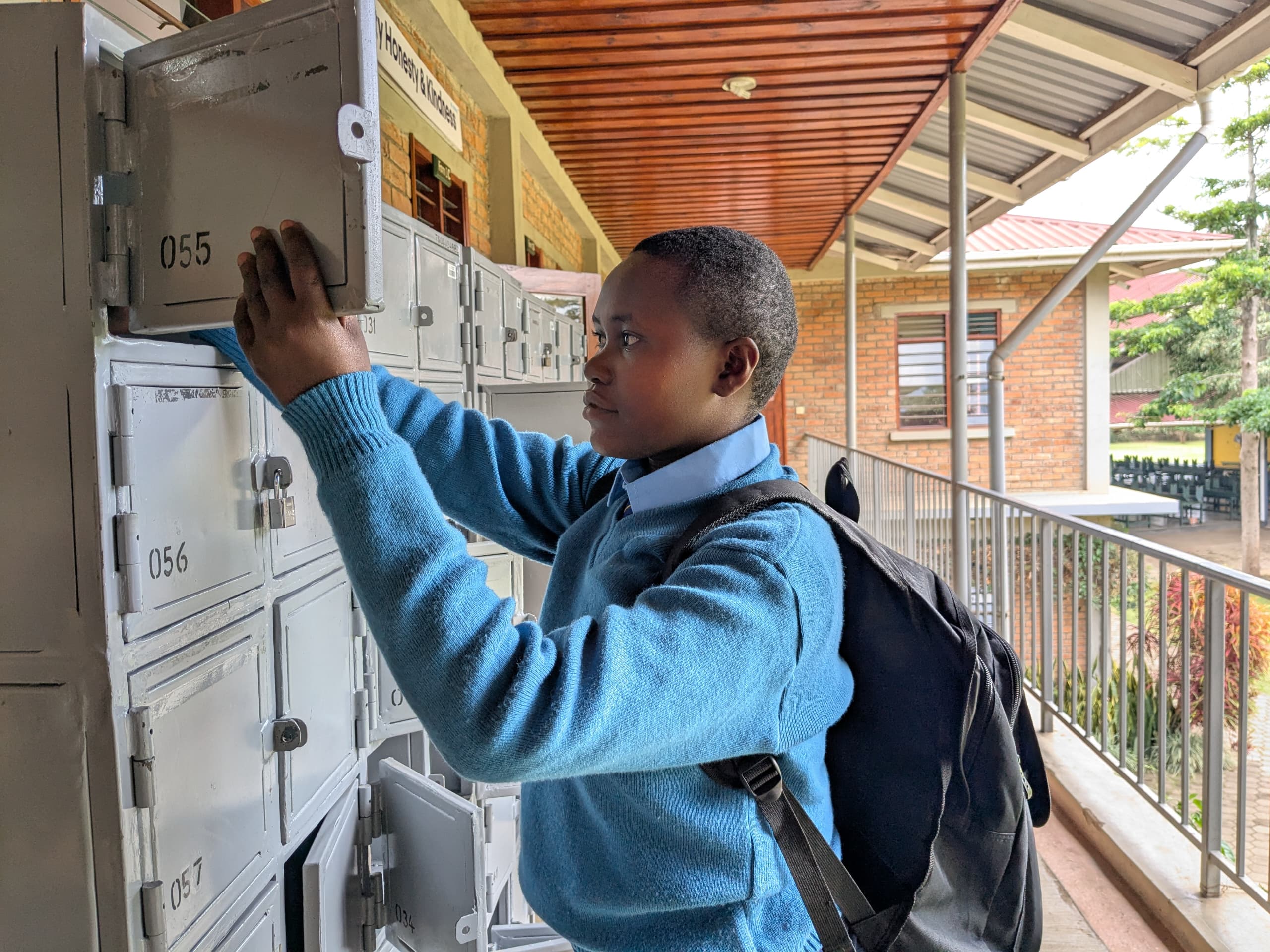

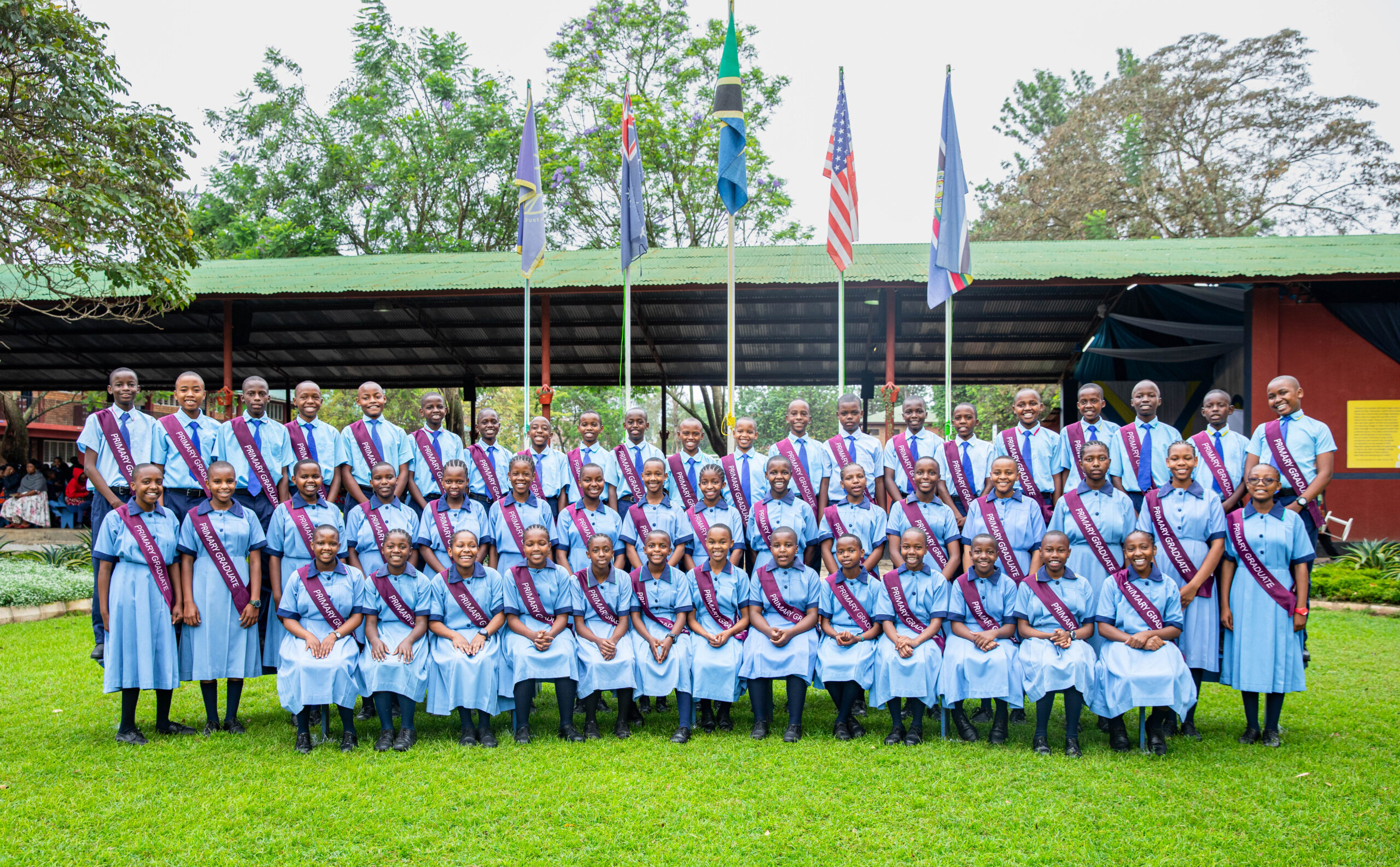
Replies